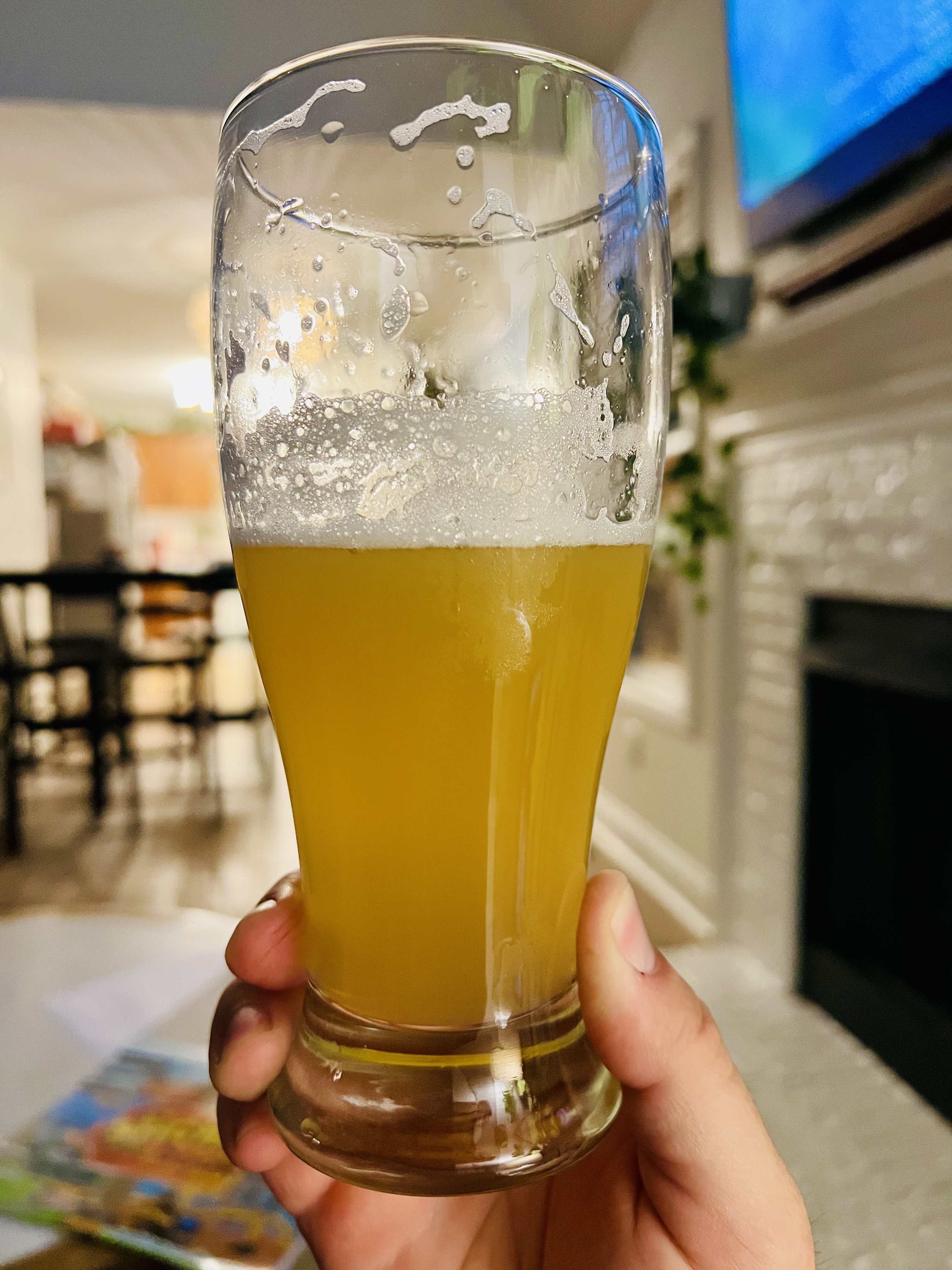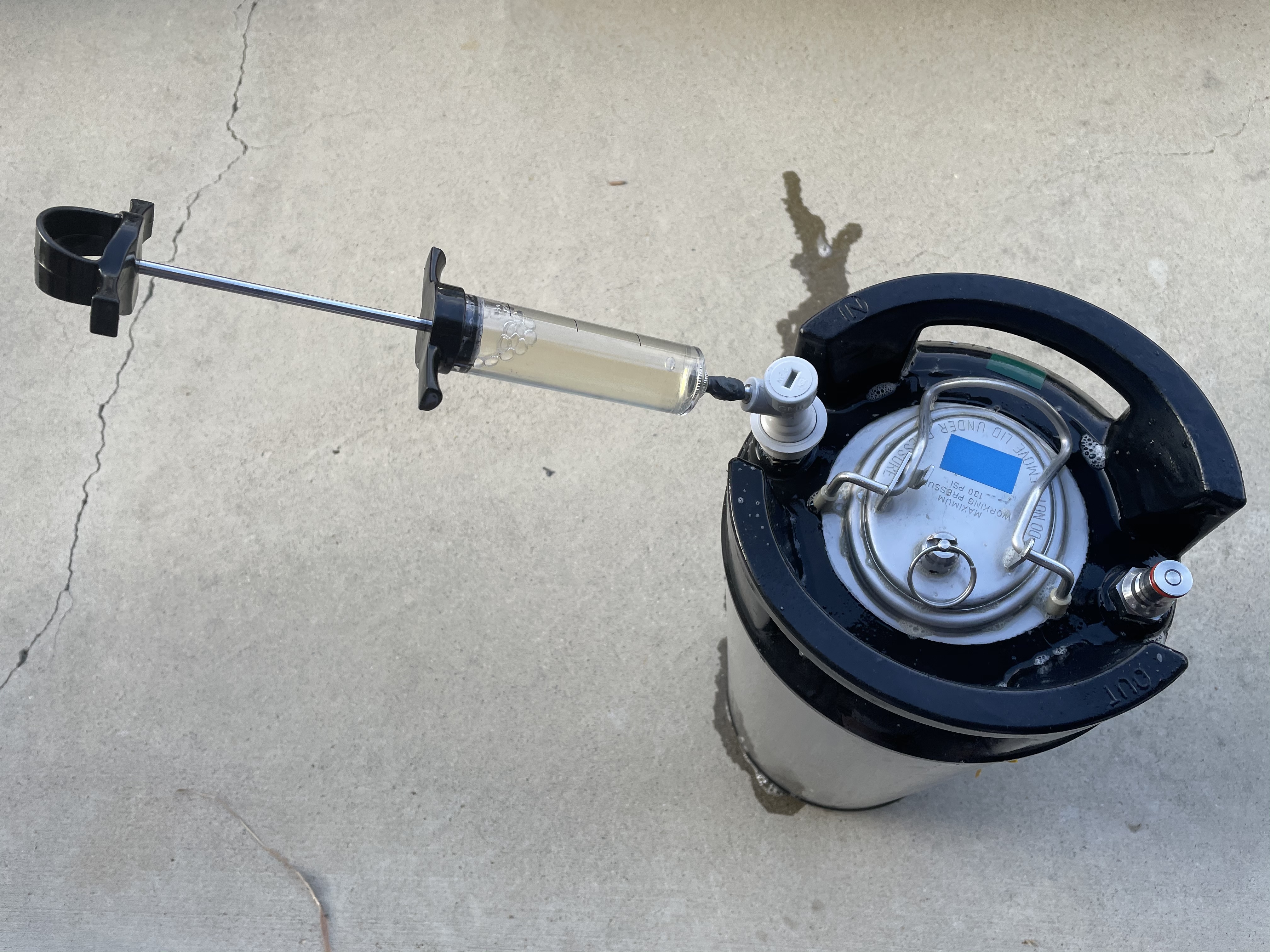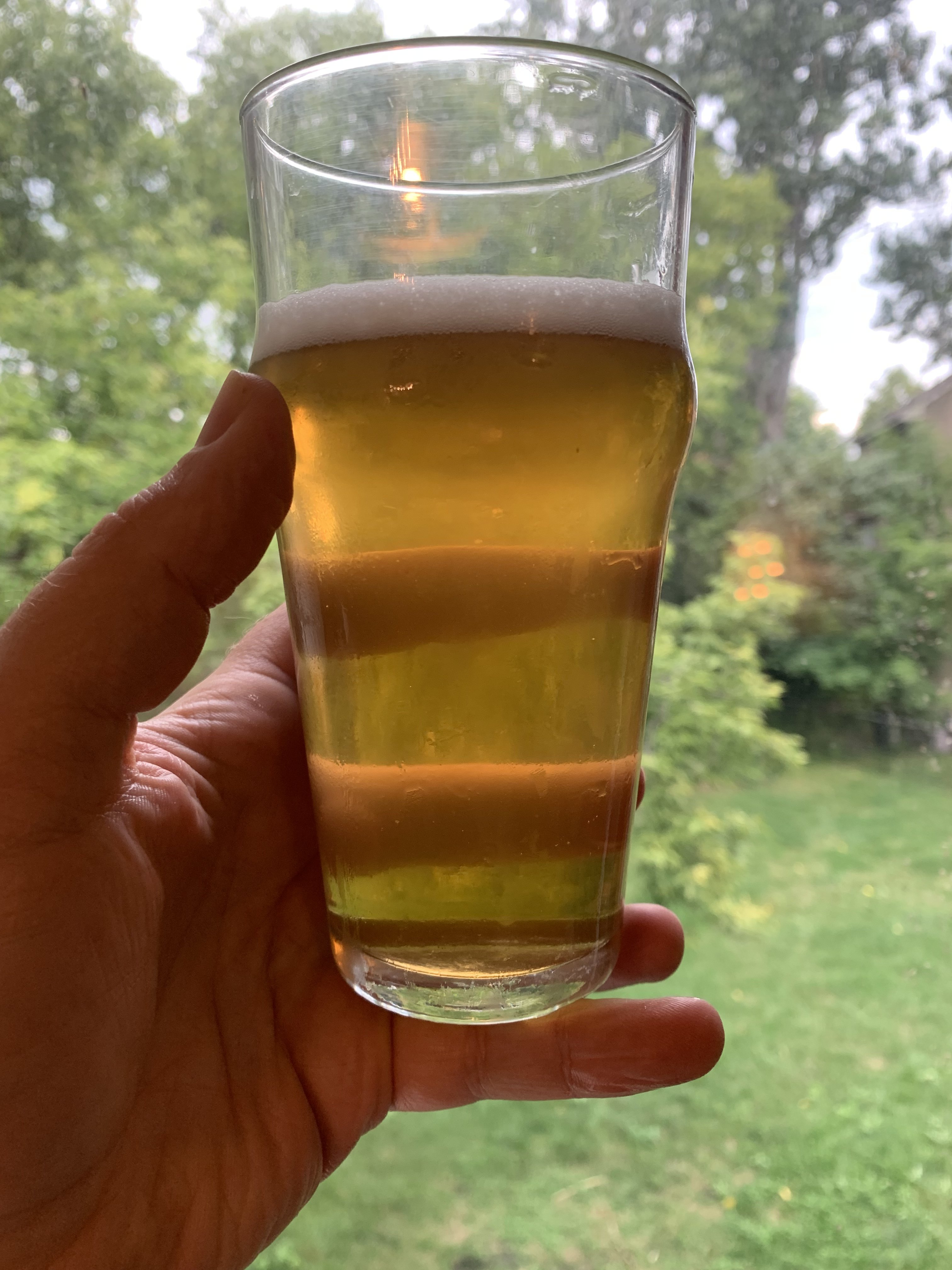I judge beer totally on the "would I pay $1 for a bottle of this" metric.I might ought to up that to $1.50 the way inflation is going......
Nah, go $2.50. That way when it gets to $1.87/bottle, you can say "well, at least it's not $2.50!" as you throw one back.
Future proof..............














































![Craft A Brew - Safale S-04 Dry Yeast - Fermentis - English Ale Dry Yeast - For English and American Ales and Hard Apple Ciders - Ingredients for Home Brewing - Beer Making Supplies - [1 Pack]](https://m.media-amazon.com/images/I/41fVGNh6JfL._SL500_.jpg)

















